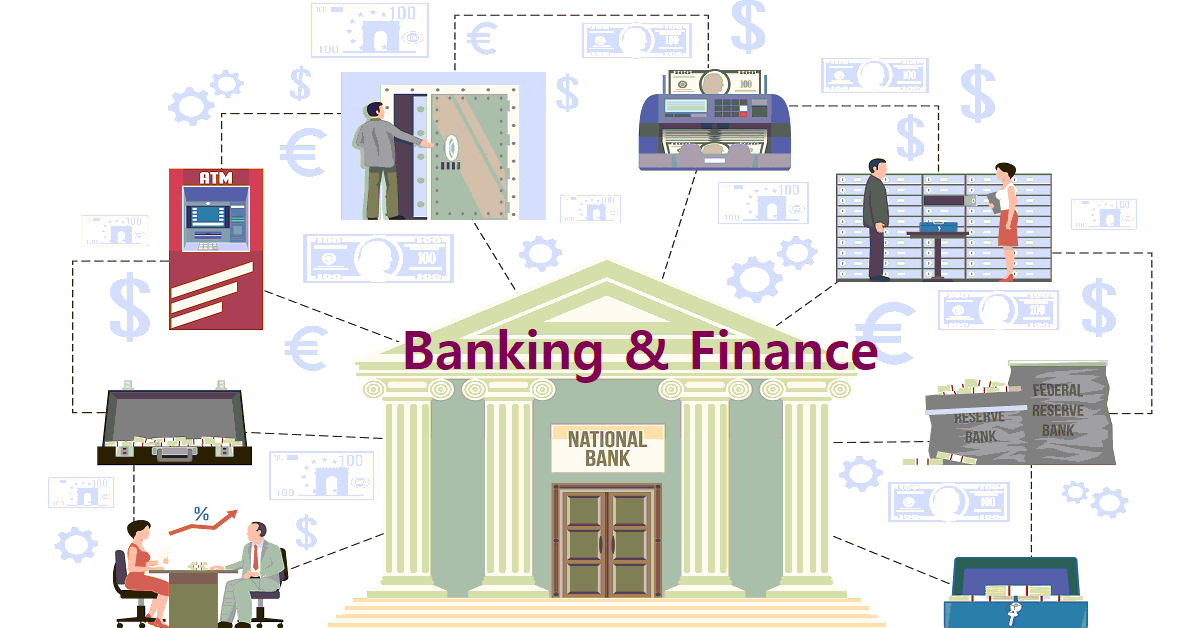
The Currency School-Banking School debate is one of the oldest and most influential debates in monetary theory and policy. It has shaped central banking practices and monetary policy in Europe and the United States for over two centuries. In this article, we will provide an in-depth understanding of the two theories, their historical background, main arguments and principles, impact on monetary policy and central banking practices, and contemporary relevance. We will also analyze the strengths and weaknesses of each theory, examine their influence on the current monetary system and future of central banking, and present relevant case studies and examples.
Definition and Explanation of the Currency School and Banking School Theories
The Currency School and Banking School theories represent two opposing views on the role of central banking and monetary policy in the economy. The Currency School, also known as the metallic or bullionist school, believes that money supply should be based on the amount of gold held by the central bank. The Banking School, also known as the bank note or credit school, believes that the central bank should have control over the money supply.
Historical Background of the Currency School-Banking School Debate
The Currency School-Banking School debate has a long and complex history that dates back to the late 18th and early 19th centuries. It was initiated by the Bank of England's decision to adopt the principles of the Banking School in the early 19th century, and was further shaped by the monetary and financial crises of the time. The debate played a significant role in shaping monetary policy and central banking practices in Europe and the United States, and influenced the development of central banking institutions and monetary systems around the world.
Main Arguments and Key Principles of Each School of Thought
The Currency School and Banking School theories have different views on money supply, central banking, and monetary policy. The Currency School believes that money supply should be based on the amount of gold held by the central bank, and that the central bank should not have the power to create money or control the money supply. The Banking School, on the other hand, believes that the central bank should have control over the money supply, and that it should be able to increase or decrease the money supply as needed to stabilize the economy.
The Currency School theory has its roots in the classical gold standard, which was the dominant monetary system in the world from the late 19th century to the early 20th century. The gold standard was based on the idea that a country's money supply should be linked to a fixed amount of gold held by the central bank. According to the Currency School, this link would ensure that money would retain its value over time and that inflation would be kept under control.
The Banking School theory, on the other hand, developed in response to the challenges posed by the classical gold standard. The Banking School believed that the gold standard was inflexible and that it could not effectively respond to changes in economic conditions. The Banking School argued that the central bank should have the power to control the money supply, in order to respond to economic shocks and stabilize the economy.
The Currency School-Banking School debate played a significant role in shaping monetary policy and central banking practices in Europe and the United States in the 19th century. For example, the Bank of England's decision to follow the principles of the Banking School during the 19th century is a classic example of the practical application of the Banking School's theory.
Today, central banks around the world have adopted a combination of both Currency School and Banking School principles in their monetary policy practices. Central banks have the power to control the money supply and use monetary policy to stabilize the economy, but they also have to take into account the impact of their actions on the value of money and inflation.
The debate between the Currency School and Banking School theories continues to this day, and both theories continue to influence monetary policy and central banking practices. The latest research, data, and statistics related to the topic suggest that the right balance between the two theories is still being sought, and that central banks must find the right balance between controlling the money supply and preserving the value of money.
Conclusion
In conclusion, the Currency School-Banking School debate remains a relevant and important topic in monetary economics, central banking, and monetary policy. Understanding the key principles of each theory and how they have evolved over time is essential for anyone interested in monetary policy and the global economy. Whether you are a student of economics, a finance professional, a researcher, or simply interested in the topic, gaining a deeper understanding of the Currency School-Banking School debate is sure to be a valuable experience.
Banking and Finance

